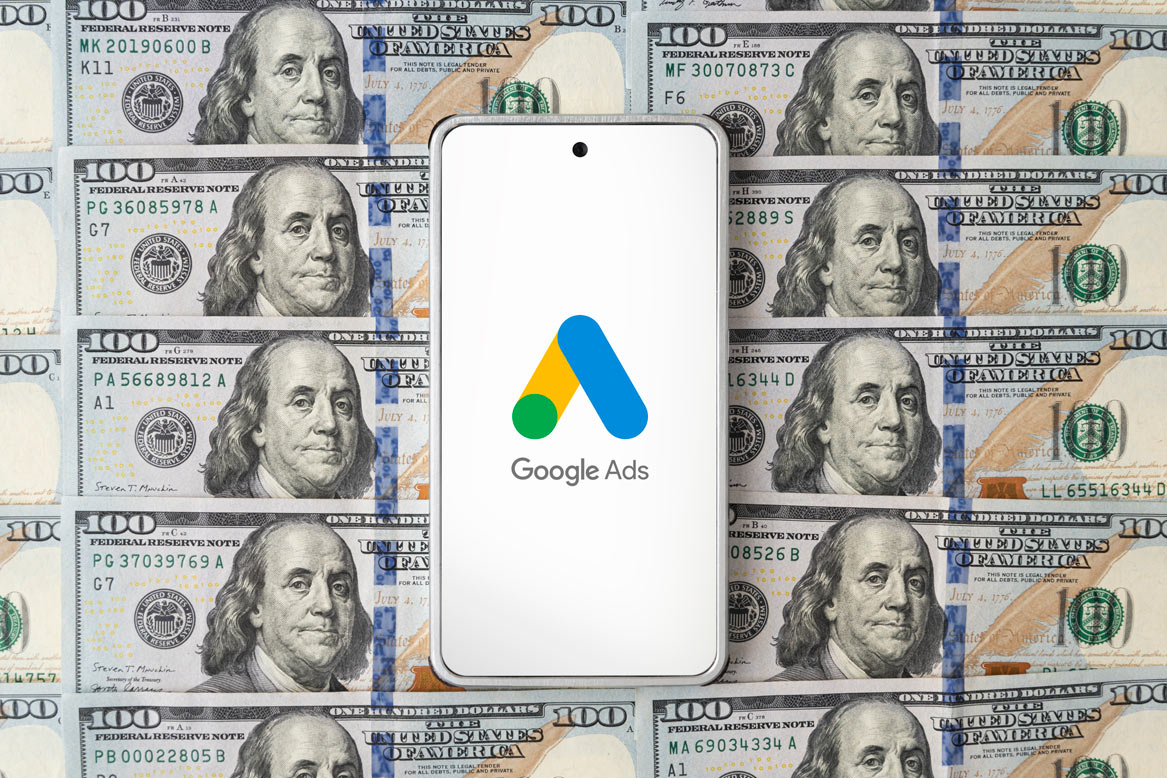In some cases you as a business owner may consider that a click activity is important to your advertising strategy. This may be the case when you have an unknown product or be in the process of establishing your brand. You may consider that a click in to your website…
-
-
Cost Per Acquisition CPA – Bidding Strategies
Some businesses that sell services on Google AdWords may find Cost per Acquisition (CPA) a helpful metric to determine if a Google AdWords program is working for them. In the case of CPA you will evaluate a number of metrics to determine what will be profitable for bidding in AdWords.…
-
AdWords Recommends Separate Mobile Targeted Campaigns
I sat through a seminar this past week that I found very interesting. It was done by Jason Woods from Google AdWords on Mobile Specific Programs. Here are a few important points that I gleaned from the seminar that I wanted to share with you: Google AdWords is recommending that…
-
Reviewing Ad Profitability: ROAS – Metrics Part One
ROI also known as ROAS (Return on Ad Spend) is just one important metric to monitor to make sure your AdWords advertising plan is working for you. The formula for ROAS is shown below: ((Sales less AdWords Spend) divided by AdWords Spend) times 100 This yields a percentage that is an important…






